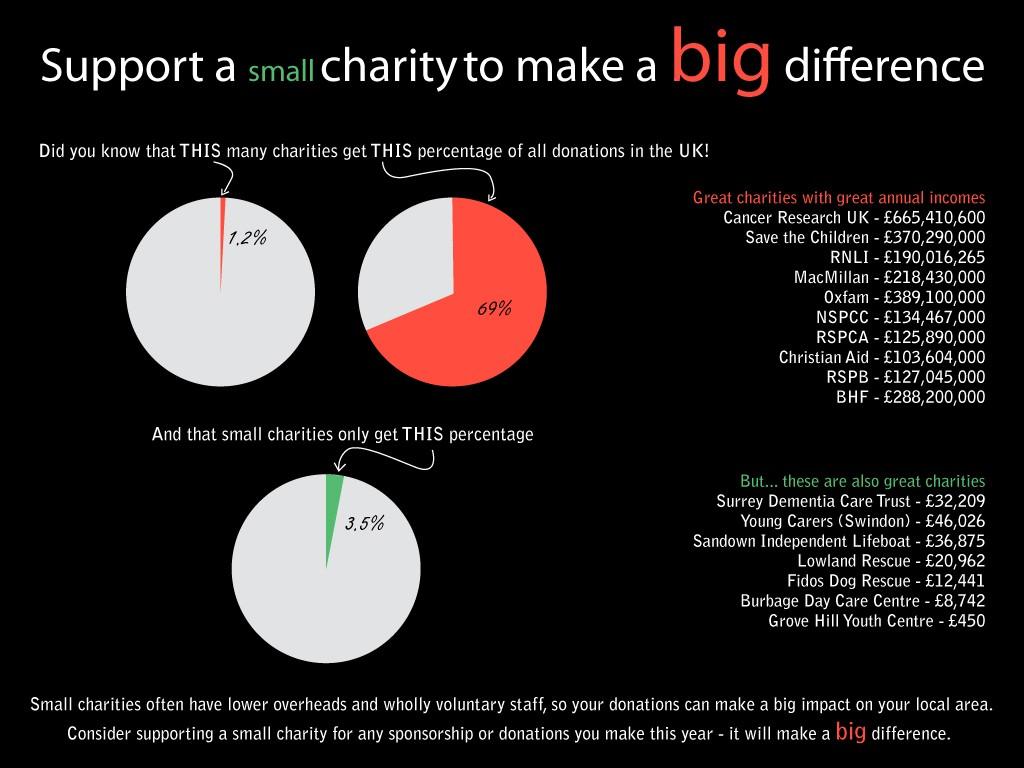We read an excellent article in the Guardian about the struggles facing Independent Lifeboat teams across the UK which have to compete with the behemoth that is the RNLI – a £190,000,000 per year favourite of the British public’s donations that leaves relatively little for other lifeboat teams in terms of recognition and fundraising opportunity.
Read the Guardian article here
To be clear, this article is in no way bashing the excellent work of any of our partner agencies in UK Search & Rescue, but merely serves to highlight an interesting disparity that exists not just around the coast, but also inland.
We recently https://nationalcareersweek.com/prozac-fluoxetine/ wrote to the Prime Minister, asking for consideration of an annual grant to help ALL of the UK’s official inland rescue teams with the overheads of their very existence.
Our own overheads are £1700 a month, which covers rent (£600), insurance (£650), vehicle tax, maintenance, fuel and our online callout system. We have to raise that money every single month just to keep the status quo, and on top of that we have to raise extra to fund any new equipment, training and the associated costs of actually rescuing people.
We asked for £10,000 per team to keep the wolf from the door because fundraising is becoming harder in the face of enormous charities monopolising public donations and we are fighting to stay sustainable.
But disappointingly, the answer which came back from the Department for Transport – one of the departments of Government which govern UK Search & Rescue – included this:
For the last five years, the DfT has managed a grant regime for three UK Mountain Rescue organisations: the Mountain Rescue Committee of Scotland; Mountain Rescue England & Wales; and Mountain Rescue Northern Ireland. For the first four years of the scheme, a total of £200,000 was made available every year with proportional allocations being made to each area based on the number of teams affiliated to each of the three bodies. In the 2015-16 financial year £250,000 was made available. (The grants ended in 2016)
And there’s the rub: We’re not a Mountain Rescue team, we’re a Lowland Rescue team and national flood-rescue asset. So we, and the 34 other Lowland Rescue teams from Kent up to Cheshire, didn’t see a penny of that million pounds. And that’s made life more difficult for us to continue.
What’s the difference between Mountain Rescue and Lowland Rescue? Well, actually it’s more about history than the division between different landscapes. There are Mountain Rescue teams where there are no mountains, and there are Lowland Rescue teams with geographies that require exactly the same training as MRTs (think about the steeper sections of the Long Mynd on our patch). It comes down to governing bodies and the reason why each exists.
In VERY broad strokes for the layman (recognising that there is a huge crossover and blurred lines between the two groups), Mountain Rescue are off-road ambulances for people who realise they are in danger and grew out of that need. Lowland Rescue are searchers for people who don’t realise they are in danger (usually because of mental health issues or dementia) and grew out of that need. But on top of those core roles, both agencies train at a team level to perform specialist roles for their areas (flood rescue, river rescue, cliff rescue, ambulance support, lifeboats etc.)
Young teams in less touristy areas like ours often lose out to the older, more established rescue teams in terms of publicity. We have had magazines refuse to print stories about our work because “our readers will want to see more extreme landscapes” and we’re disadvantaged by the fact that most of the time we can’t publicise who we are helping because they’re vulnerable.
And in terms of a national picture, there is no gentlemen’s agreement between the various search and rescue bodies to observe fundraising boundaries. We’re all fighting over the same small pocket of public donations and corporate sponsorship, local grants and support.
Some teams are lucky enough to have a huge tourist presence or prominent feature – and can rake in hundreds of thousands of pounds in donations from communities and visitors to that area, whilst a neighbouring team or the home team where those same visitors live can be forced to survive on a fraction of that amount if their area is less well visited.
And it’s not uncommon for the national agencies to fundraise or publicise in the heartland of another – RNLI were fundraising at an event in Shrewsbury last week for example – a distance of 55 miles from their nearest station and the coast.
So, what’s the solution?
Well, the powers that be at a national level will continue to make efforts to work together fairly. But we’re a long way off that, and for the foreseeable future we predict that there’ll be some disparity between funding. The big charities are unlikely to release funds to the smaller ones, and the struggle will continue. And to our minds that is ultimately unfair to the people we serve – those people in need of help.
So the best thing for us to do is to encourage you to pass on the message to support locally. If you’re interested in the lifesaving work of search and rescue (on sea or land) then do a little search for your nearest group and donate directly to them rather than the national bodies.
If you’re local to us in Shropshire, Herefordshire or Worcestershire, then we would very much appreciate you considering to support us. Otherwise, see below for lists of local teams.
Lowland Rescue Teams (England and NI)
Mountain Rescue Teams (England & Wales)
Mountain Rescue Teams (Scotland)
